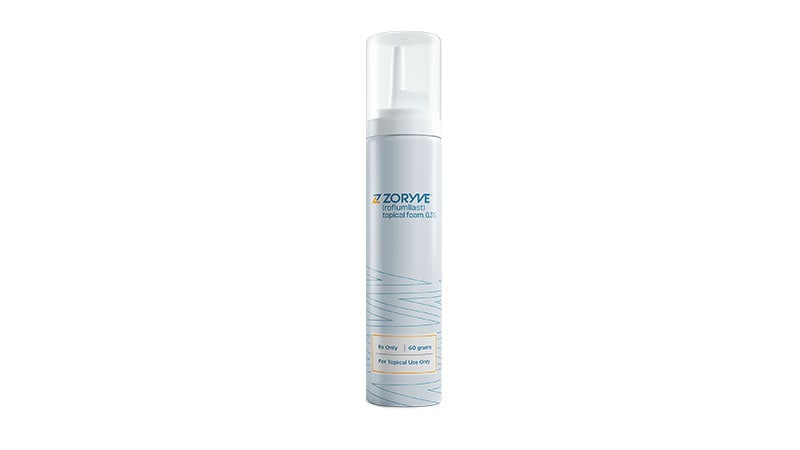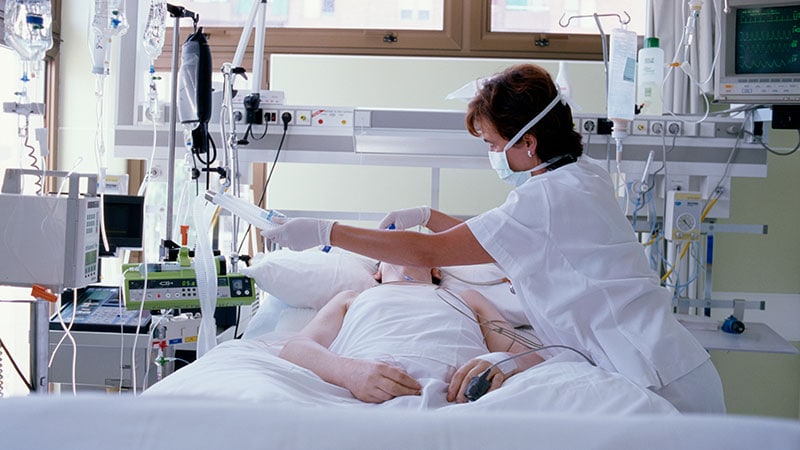Sarcopenia Predicts Feeding Tube Placement in OPSCC Patients
TOPLINE:
Detecting sarcopenia at baseline alongside markers of malnutrition could guide decision-making regarding the need for feeding tube placement in patients with oropharyngeal squamous cell carcinoma (OPSCC) undergoing radiation or chemoradiation therapy.
METHODOLOGY:
- In patients with OPSCC, sarcopenia — progressive loss of skeletal muscle mass — is associated with worse survival, but whether pretreatment sarcopenia can predict functional outcomes, such as the need for feeding tube placement, is less clear.
- Studies indicated that 33%-62% of patients with OPSCC undergoing radiotherapy receive feeding tubes to ensure sufficient dietary intake. But "no universally accepted protocol currently exists to guide the decision-making process for recommending" a feeding tube, experts explained.
- To determine whether sarcopenia can predict the need for a feeding tube, researchers reviewed 194 patients with OPSCC with a median age of 61 years, who received definitive radiotherapy or chemoradiotherapy at a tertiary care center between January 2013 and October 2017.
- The researchers collected data on feeding tube placement, Performance Status Scale for Head and Neck Cancer (PSS-HN) normalcy of diet scores, and M.D. Anderson Dysphagia Inventory (MDADI) composite scores.
- The team assessed sarcopenia from CT imaging at the third cervical (C3) and fourth thoracic (T4) vertebrae levels and identified risk factors and optimal skeletal muscle index cutoff value for feeding tube placement.
TAKEAWAY:
- Overall, 60 patients (30.9%) received an enteral feeding tube; the median time to placement was 47 days from the date of the first multidisciplinary team consultation. Sarcopenia was identified at baseline in nearly 73% of patients based on C3 skeletal muscle mass measurements and in 41.7% based on was at T4.
- Patients with feeding tubes had significantly lower C3 skeletal muscle index (mean, 13.3 vs 15.0; P < .001) and T4 skeletal muscle index (45.1 vs 53.8; P < .001) at baseline. Patients with feeding tube also had lower body mass index (25.0 vs 27.9; P < .001), PSS-HN normalcy of diet (71.8 vs 82.0; P = .030), and MDADI composite scores (82.5 vs 87.9; P = .025) at baseline.
- Patients with sarcopenia, based on their C3 and T4 measurements, were significantly more likely to receive a feeding tube. T4 skeletal mass index (odds ratio [OR] per 1 unit increase, 0.948; P = .006) and chemoradiotherapy vs radiotherapy (OR, 4.591; P = .026) were significant predictors of feeding tube placement. Skeletal muscle index at C3 was not significantly associated with feeding tube placement.
- Based on the T4 skeletal muscle index, the optimal cutoff value for feeding tube placement was 48.4 cm2/m2 with an area under the curve of 0.638 (P < .001).
IN PRACTICE:
Based on these findings, the authors suggested that skeletal muscle mass "measured at T4 may represent a novel and practical biomarker for sarcopenia detection that is associated with the need for [feeding tube] placement."
SOURCE:
This study was led by Nedeljko Jovanovic from Western University, London, Ontario, Canada, and published online in Advances in Radiation Oncology.
LIMITATIONS:
The study limitations included retrospective design, single-center setting, homogeneous group of patients with head and neck cancer, and predominantly male sample, potentially limiting generalizability.
DISCLOSURES:
No funding was received for this study. The authors had no competing interests.


 Admin_Adham
Admin_Adham


